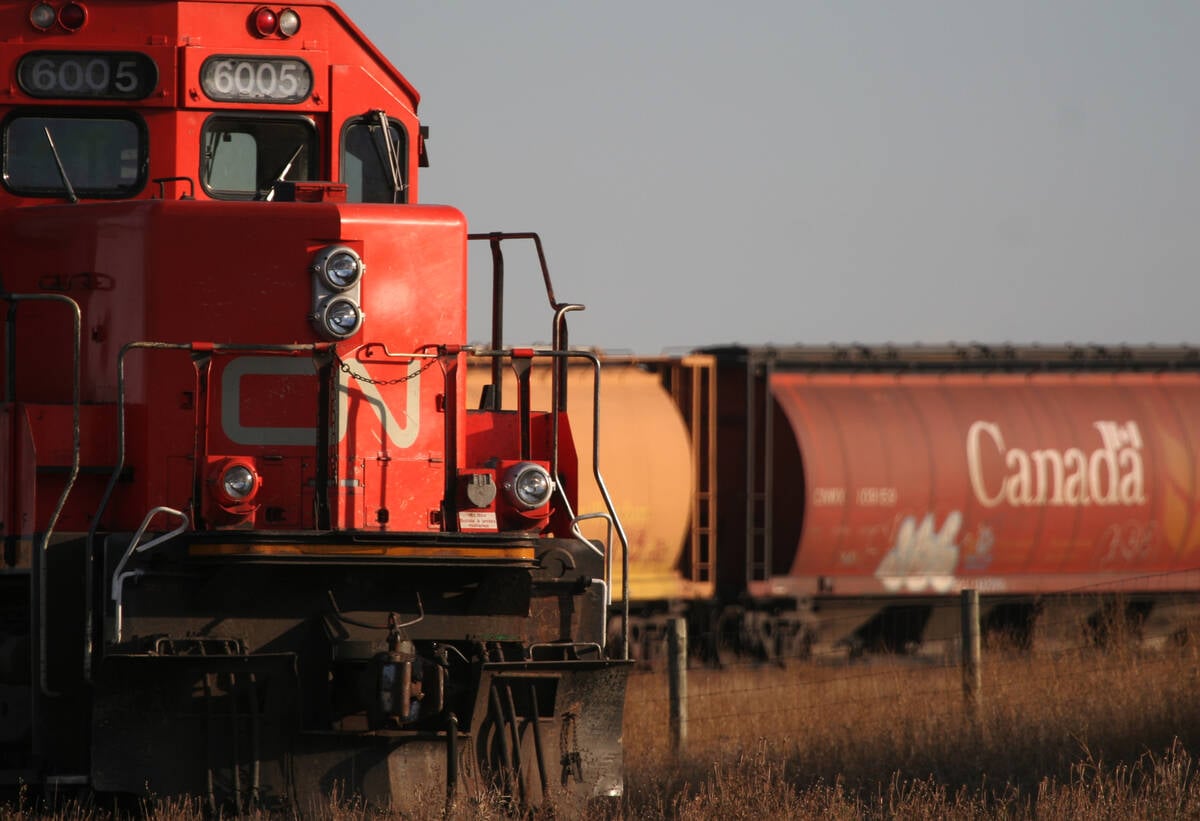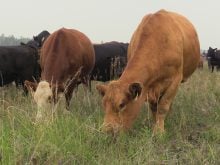This cattle market information is selected from the weekly report from Canfax, a division of the Canadian Cattlemen’s Association. More market information, analysis and statistics are available by becoming a Canfax subscriber by calling 403-275-5110 or at www.canfax.ca.
Fed prices still strong
Western Canadian fed prices have rallied for 19 consecutive weeks, gaining $43 per hundredweight, or $650 per head, over that time. Strong slaughter rates in Western Canada and good export demand for both Canadian fed cattle and boxed beef paved the way for higher prices.
Read Also

Working groups established to address challenges in the containerized and bulk movement of commodities
CN is working with the pulse and special crops sector on resolving challenges in shipping those commodities.
With fed prices moving above $220 per cwt., feedlot margins have gone from negative to positive. For cattle sold on the cash market, feedlot margins are estimated anywhere from $150-$250 per head positive.
For steer and heifer calves (550 pounds), it’s the first time this class of cattle has been profitable since early 2020.
As well, lift times have tightened considerably. Earlier in the year, packers were buying for four or more weeks out, but now cattle are being picked up in one to two weeks. Western Canadian feedlot inventories may be the most current they’ve been in two years.
From a supply perspective, the market is working through what could be the tightest market-ready numbers all year. Yearling supplies are winding down, while fed calf numbers continue to be light.
Last week dressed sales were reported at mostly $380 per cwt. delivered, $5-$7 per cwt. higher than the previous week. In Ontario, dressed sales were reported at $375 per cwt. delivered, $10 per cwt. higher than bids/sales seen the previous week.
Light volumes of Ontario fed cattle were marketed into the United States. Sales worked back to around $228 per cwt. f.o.b. the feedlot.
In the U.S., dressed sales in Iowa and Nebraska ranged from US$284-$290 per cwt., $2 per cwt. lower than the previous week. Live sales in Nebraska were mostly $180 per cwt., $3 weaker. Live sales in Texas and Kansas were reported at $175 per cwt., fully steady.
Steer carcass weights dropped six lb. to average 892 lb. For the beginning of April, this is the smallest carcass weights have been since 2020.
Year-to-date heifer slaughter is steady with last year, while steer slaughter is down 3.5 percent. U.S. 90 percent lean trim prices continue to advance, supporting the cow market. Butcher cow prices are the highest since September 2015.
Cow prices rise
Non-fed prices rallied higher on reduced offerings last week. With spring grilling just around the corner, D2 slaughter cows surged almost $9.50 per cwt. higher than the previous week to average $139.86 per cwt. D3 cows saw a respectable $5.80 per cwt. week over week price improvement, closing at $121.71 per cwt.
Butcher bull prices firmed modestly $3.34 per cwt. higher last week to average $155.79 per cwt. Western Canadian non-fed slaughter for the week ending April 15 was 23 percent larger than the previous week at 6,493 head and year to date was up 13 percent to 122,092 head. Non-fed prices should continue to trend seasonally steady to stronger on good demand and manageable supplies.
Feeders set new highs
Feeder prices rallied sharply higher again last week, with continued strong interest for grass type calves and for 700 lb. and heavier bunk replacements to hit the fourth quarter fed market.
Steer calves from 500-700 lb. and 600-700 lb. heifers all established new historic highs last week. A light test of Saskatchewan steer calves for deferred September/October delivery saw a slight premium, while large Alberta/Saskatchewan steers heavier than 900 lb. saw a significant $22.50 per cwt. premium to spot. Good eastern interest was noted last week to enhance the Alberta market.
Total auction volumes realigned 95 percent larger than the previous week, which included the Good Friday holiday, to 28,126 head. Year-to-date auction volumes last week were larger than a year ago, up three percent and totalling 431,017 head.
Canadian feeder exports to the U.S. for the week ending April 8 were down 12 percent from the previous week to 2,644 head and were 52 percent lower than a year ago. Year-to-date feeder exports continue significantly below a year ago, down 61 percent at 33,910 head.
Cutout prices rise
In U.S. beef trade, cutouts moved higher again last week, with Choice up 2.2 percent to US$306.99 per cwt. and Select up 1.9 percent to $288.74. The Choice/Select spread continues to widen and was at $18.25 per cwt. last week.














